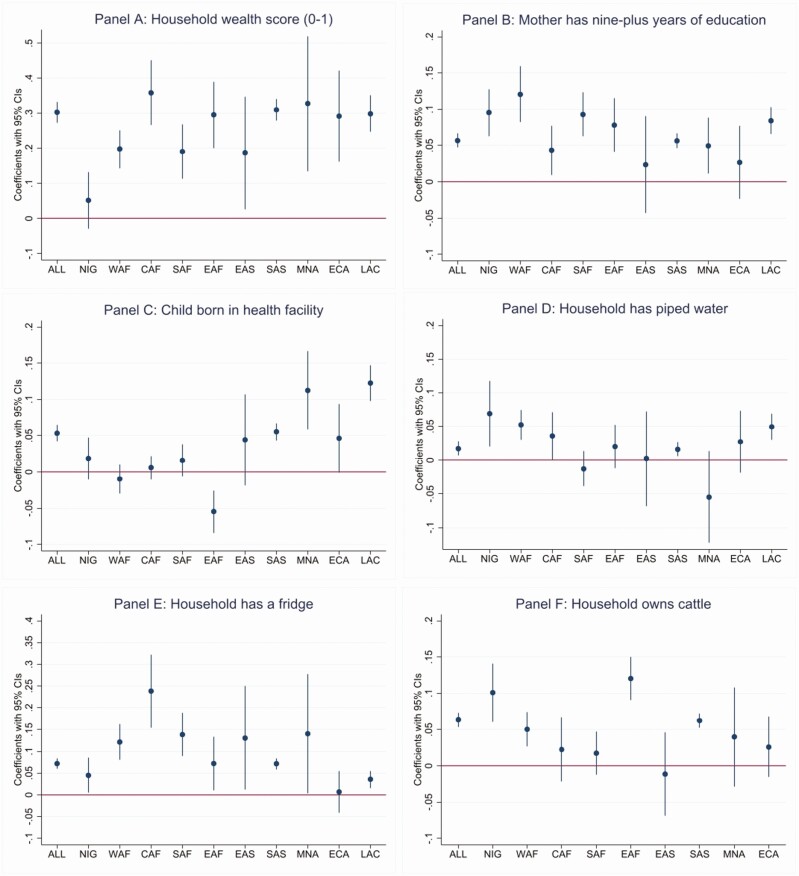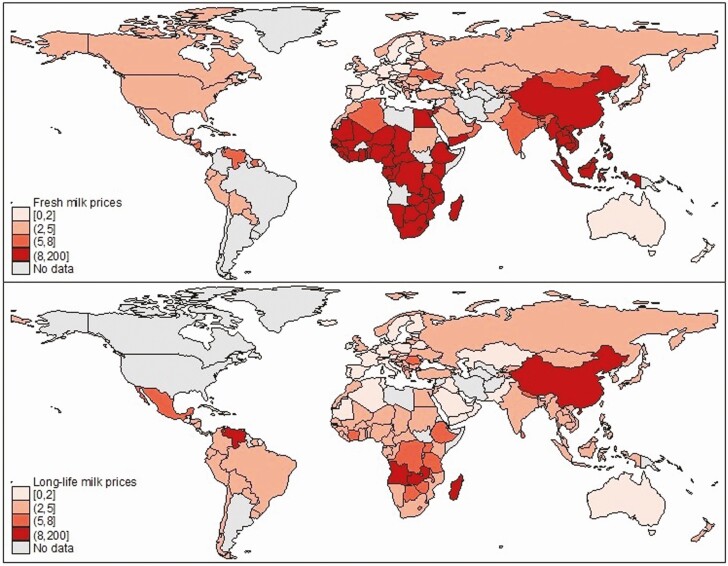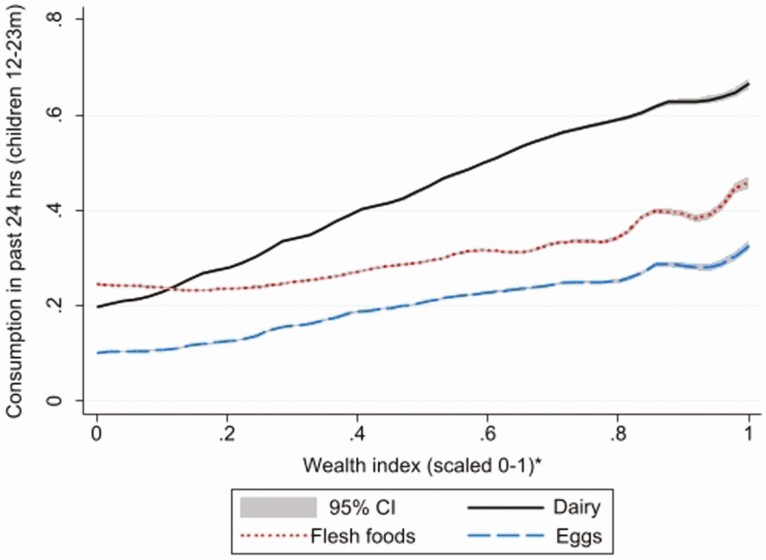Can dairy help solve the malnutrition crisis in developing countries? An economic analysis.
Animal frontiers : the review magazine of animal agriculture
Pub Date : 2023-02-01
DOI:10.1093/af/vfac083
引用次数: 3
Abstract
Agricultural policies are increasingly being asked to do more to address the extensive global burden of undernutrition (Ruel and Alderman, 2013). Undernutrition in early childhood is particularly costly because of its lifelong consequences: poor health, inferior educational outcomes, and lower wages and productivity in adulthood (Black et al., 2013). But to be effective, nutrition-smart agricultural interventions need to produce meaningful dietary improvements very early in life when economically disadvantaged infants and young children are exposed to rising nutrient requirements that are not met by adequate nutrient intake, absorption, and utilization. The intake problem stems from low-quality diets and poor feeding practices, while absorption and utilization problems arise from repeated as well as chronic infections, particularly of the gut. One area within agriculture with tremendous potential to influence early childhood nutrition is the dairy sector. Dairy products have a range of nutritional and physical characteristics that make them an almost ideal complementary food. Undernourished children in poor countries are often deficient in foods rich in high-quality proteins comprised of essential amino acids that constitute the building blocks for linear growth and cognitive development (Semba, 2016). Dairy has a higher digestibility-corrected amino acid score than any other food (1.21) and is particularly efficacious at closing amino acid gaps in the monotonous diets prevalent in Africa and Asia (FAO, 2013), and in poorer populations more exposed to infections (Semba, 2016). Dairy is unique in stimulating plasma insulin-like growth factor 1 (IGF-1), a growth hormone that acts to increase the uptake of amino acids (FAO, 2013). Dairy is also dense in calories, fat, and various micronutrients (vitamin A and B12), as well as being exceptionally rich in calcium (which contributes to bone length and strength), potassium, magnesium, and phosphorus (Dror and Allen, 2014). Finally, the sheer density of multiple macroand micronutrients in dairy products—as well as their taste, and familiar texture and consistency—makes them almost ideal for infants and young children with small stomachs incapable of consuming large quantities of nutrient-sparse foods so common in diets of poorer households. Consistent with the biological importance of milk for nutrition, a diverse and growing body of evidence links dairy consumption to faster growth in early childhood. A public health-nutrition literature has engaged in efficacy and programmatic trials of dairy products on growth in different stages of childhood, and across diverse populations. It finds significant impacts of dairy on child growth (de Beer, 2012; Dror and Allen, 2014). An extensive literature from economic history argues that production of milk—as well as genetic markers of lactose tolerance (Grasgruber et al., 2014)—explains differences in adult height across countries and ethnic groups. In agricultural economics, a recent literature explores the associations between household dairy production, children’s dairy consumption and their linear growth (Rawlins et al., 2014; Hoddinott et al., 2015; Kabunga et al., 2017; Choudhury and Headey, 2018). These studies find strong associations: young children in cattle-owning or This is an Open Access article distributed under the terms of the Creative Commons Attribution License (https://creativecommons.org/licenses/by/4.0/), which permits unrestricted reuse, distribution, and reproduction in any medium, provided the original work is properly cited. © Headey Implications



乳制品能帮助解决发展中国家的营养不良危机吗?经济分析。
本文章由计算机程序翻译,如有差异,请以英文原文为准。
求助全文
约1分钟内获得全文
求助全文

 求助内容:
求助内容: 应助结果提醒方式:
应助结果提醒方式:


